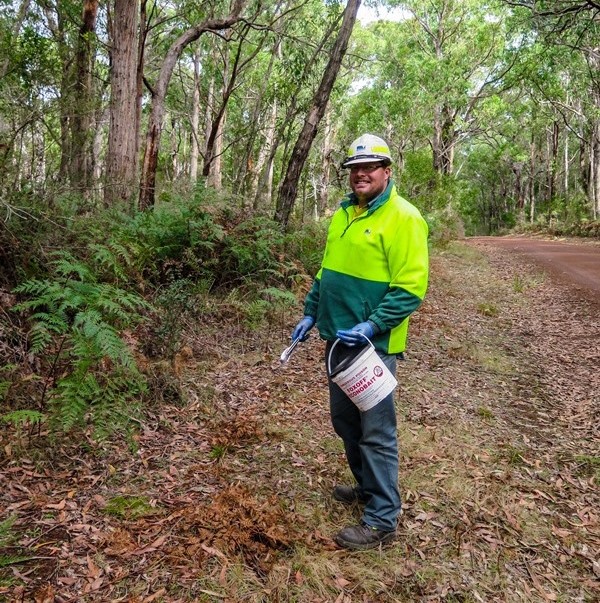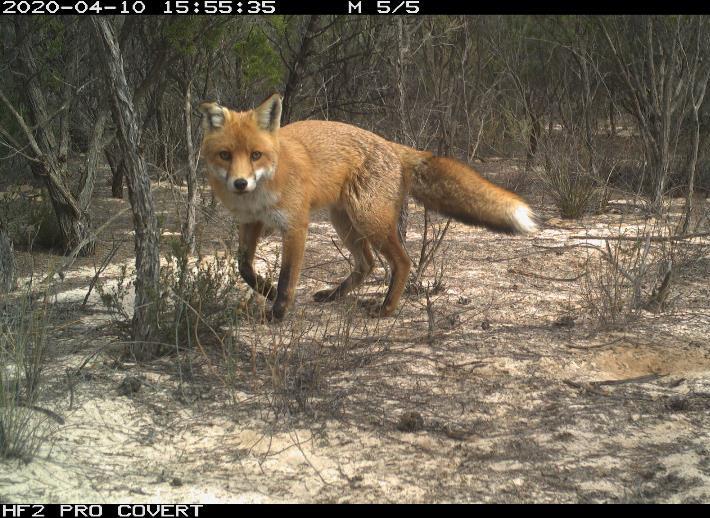Every year, dedicated land managers across Victoria invest both time and money into fox control programs to protect native wildlife. In partnership with land managers, ARI has investigated the key characteristics of successful fox control programs. This research provides an evidence-based approach in supporting land managers to achieve the best-value wildlife outcomes.
ARI scientists analysed 14 case studies of fox control programs from across Victoria. In the study, successful programs were defined as achieving at least 65% reduction in fox density for more than 50% of the target management area. Using the bespoke modelling software FoxNet, they discovered that the spatial scale, bait layout, bait density and timing of baiting, were all influential factors for a program’s success.
In general, successful programs:
- covered an area of greater than 30,000 ha,
- used a network of bait stations throughout the management area, and
- replaced baits at least fortnightly.
Among the success stories were the Wilsons Promontory National Park, Southern Ark (East Gippsland) and Grampians Ark control programs. Each of these programs were predicted to achieved >75% reduction in fox population for more than 50% of the management area.

The least effective programs had small control areas, relatively low numbers of bait stations, were short-term and baited infrequently. Modelling alternative program designs for these case studies found that for some landscapes, fox control outcomes could be improved by increasing the control area, increasing the baiting network and baiting more frequently. Management areas with high perimeter-to-area ratios generally need more closely spaced baits with more frequent replacement rates to be successful.
The on-going collaboration between researchers and practitioners is continuing to enhance our ability to manage invasive species in Victoria. This research was funded under the Victorian Government's ‘Biodiversity On-ground Action’ - Adaptive Learning Project and the Weeds and Pests on Public Land program.
For more information contact: lachlan.francis@delwp.vic.gov.au or alan.robley@delwp.vic.gov.au
For more details on the fox control case studies and recommendations see the following report:
- Francis, L., Robley, A. and Hradsky, B. (2020) Evaluating fox management strategies using a spatially explicit population model. (PDF, 4.9 MB) Arthur Rylah Institute for Environmental Research Technical Report Series No. 304. Department of Environment and Primary Industries, Heidelberg, Victoria
(accessible version (DOCX, 11.8 MB))
Page last updated: 28/03/25
